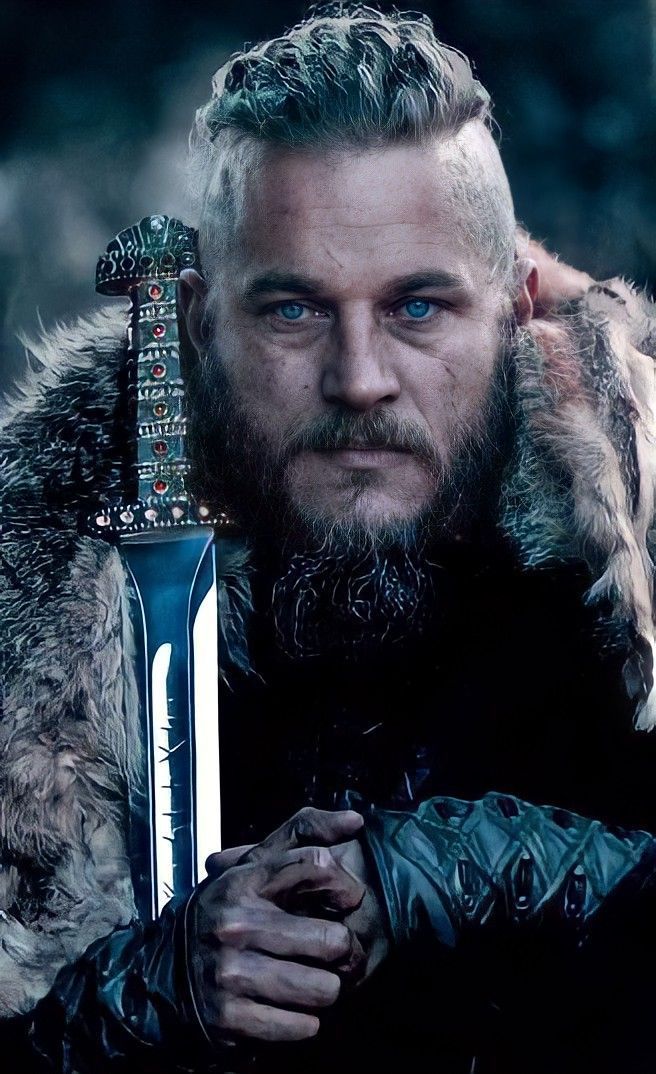The Vikings: Raiders, Traders, and Explorers
The term “Viking” conjures images of fierce, horn-helmeted warriors descending from their longships to raid unsuspecting coastal villages. While this picture is not entirely false, it is a dramatic simplification of a complex and influential period in history. The Viking Age, spanning roughly from the late 8th to the late 11th centuries, was a time of profound change in Europe, driven by the Scandinavian peoples known as the Norsemen. These were not just pirates and raiders; they were also sophisticated traders, expert shipbuilders, intrepid explorers, and skilled artisans who left an indelible mark on the world.
The Viking Age is traditionally said to have begun in 793 AD with the raid on the monastery at Lindisfarne, off the coast of northeastern England. This shocking and brutal attack on a holy site sent a wave of terror through Christian Europe and heralded the arrival of a new and formidable force. For the next three centuries, Norsemen would venture far from their homelands in Scandinavia (modern-day Denmark, Norway, and Sweden). Their motivations were complex and varied, including a search for wealth, a desire for glory, political pressure, a shortage of viable farmland, and a thirst for adventure.
The key to their success was the longship. This masterpiece of naval engineering was a clinker-built vessel, long, narrow, and shallow, designed for speed and flexibility. Its shallow draft allowed it to navigate not only the open ocean but also far inland via rivers, enabling surprise attacks on settlements that had previously been considered safe. The symmetrical design meant it could reverse direction without turning around, a crucial advantage for quick getaways. These ships carried the Vikings across the North Sea to Britain and the coasts of France, down rivers into the heart of Russia, and across the Atlantic to Iceland, Greenland, and even North America—five centuries before Christopher Columbus.
While their raids were devastating, the Vikings were just as often traders. They established extensive trade networks that stretched from Constantinople in the east to Newfoundland in the west. They dealt in a wide variety of goods, including furs, amber, walrus ivory, timber, and, most grimly, slaves. In exchange, they acquired silver, silks, spices, wine, and weapons. Cities like Dublin in Ireland, York (Jorvik) in England, and Kiev in modern-day Ukraine were founded or significantly developed by the Vikings as major centers of trade and settlement.
Norse society was surprisingly organized and complex. It was a hierarchical society led by chieftains or kings, who were expected to be generous leaders and successful warriors. Law and order were maintained through a system of local and regional assemblies known as “things,” where free men would gather to settle disputes, pass laws, and make political decisions. Their artistic culture was rich and intricate, characterized by the elaborate patterns of animal and knotwork designs found on everything from jewelry and weapons to rune stones and wood carvings. Their pagan religion, with its pantheon of gods like Odin and Thor, provided a framework for understanding the world, and their mythology was filled with epic tales of heroes, monsters, and the eventual end of the world, Ragnarök. Though the Viking Age eventually waned as the Norse kingdoms consolidated and adopted Christianity, their legacy endures in the language, laws, and genetic makeup of the lands they once explored and conquered.
